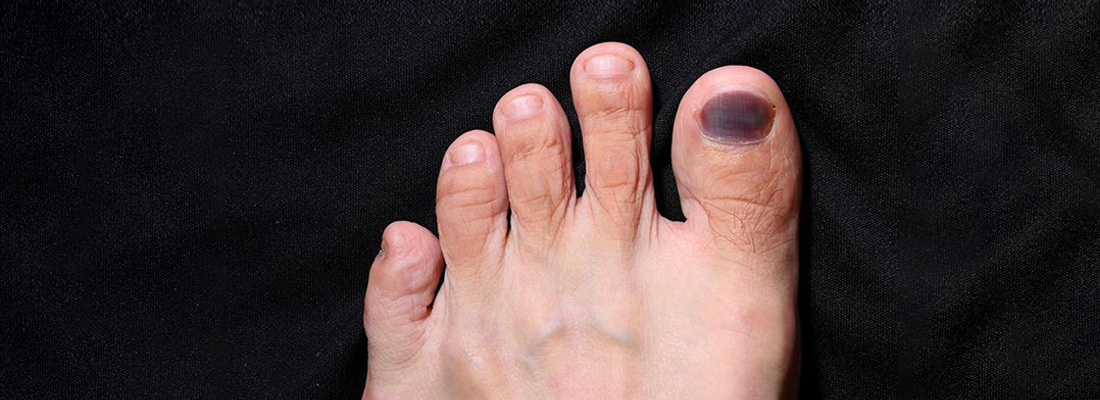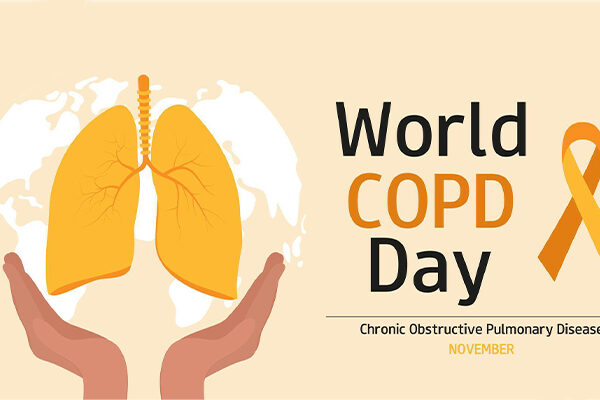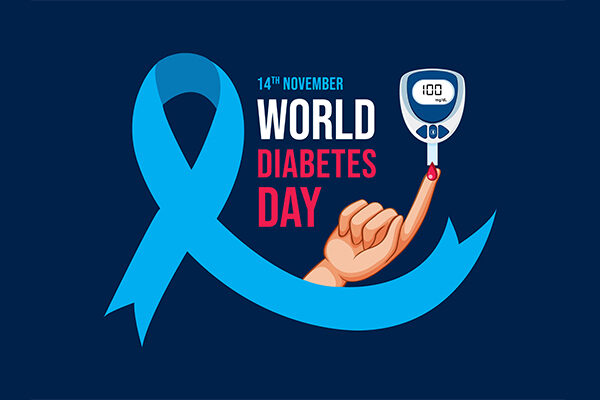
Black Toenail and Diabetes: What It Means & When to Worry
A black toenail might seem like a small issue at first, but if you have diabetes, it’s worth paying attention to. It’s not just about appearance; black toenail and diabetes can be a sign of something your body’s trying to tell you.
If you’ve spotted your toenail turning black without injury, or noticed changes like thickening or pain, it might be time to take a closer look. If you or someone you know is suffering from diabetes, consider enrolling in diabetes clinical trials investigating different therapies with the ultimate goal of finding a cure.
In this blog, we’ll walk you through what a black toenail and diabetes means, when to worry, and what steps you can take to stay ahead of it.
Introduction: When a Toenail Turns Black, What Should You Know?
For people living with diabetes, even small changes in the feet can signal bigger problems. In this blog, we’ll cover the common reasons for black toenails, what they can mean for those with diabetes, and when it’s important to seek help. You’ll also learn how to recognize early signs and what to do next.
Also Read: Is Diabetes a Disability? Navigating the Complex Connection
Why Is My Toenail Turning Black? Let’s Break It Down
A black toenail isn’t always caused by trauma. While stubbing your toe or wearing tight shoes can cause bruising, there are other reasons your nail could darken.
- Reduced circulation: Poor blood flow in your feet, common in diabetes, can affect nail color.
- Fungal infections: A common cause of black toenails; fungus can lead to thickening and discoloration.
- Infections or ulcers: An unnoticed sore beneath the nail can turn the nail black over time.
Moreover, if you’ve noticed your nail turning black without injury, it may be a sign that circulation or infection is playing a role. This is especially important when it comes to black toenail and diabetes.
How Does Diabetes Affect Toenails?
Diabetes doesn’t just affect blood sugar, it impacts your entire body, especially your feet. Since diabetes can cause nerve damage and reduce blood flow, your feet and toenails are at greater risk for problems.
- Injuries or infections can go undetected: Reduced feeling in your feet means wounds or infections might not cause pain and go unnoticed.
- Slow healing: Wounds, especially beneath toenails, may heal slowly or worsen without care.
- Nail changes: High glucose levels and fungal overgrowth can change nail appearance and health.
If your nail turns black without injury, your body may be showing early signs of complications. Black toenail and diabetes should always prompt a closer look. A black toenail caused by fungus often isn’t painful, making it easy to overlook until the condition becomes more serious.
Could It Be a Sign of Infection? Here’s What to Watch For
Wondering if your black toenail is something to worry about? Look for these signs:
- Redness or swelling around the nail
- A foul smell from the toe
- Pus or fluid leaking from under the nail
- Pain when walking or touching the toe
These symptoms suggest an active infection. Combined with diabetes, that raises the risk of serious complications.
A nail turning black without injury may also mean there’s pressure or buildup beneath the nail. What looks like a small problem could get worse if left untreated.
If the discoloration spreads or your toe becomes numb, don’t wait, see your healthcare provider. Catching issues early, especially if you have first-stage diabetic toenail changes, can prevent complications.
What Should You Do If You Notice a Black Toenail?
Here’s what you can do:
- Check both feet daily for changes in nail color, shape, or thickness.
- Wear breathable shoes that don’t press on your toes.
- Keep your feet clean and dry to avoid fungal infections.
- Don’t try to remove the nail yourself, this can worsen the issue.
If your nail turns black without injury or starts to thicken or hurt, make an appointment with a podiatrist or doctor. When it comes to black toenail and diabetes, early care can prevent infections, ulcers, or worse.
And remember, if you’ve noticed early signs of black toenail and diabetes, now’s the time to build strong foot care habits.
How to Prevent Black Toenails When You Have Diabetes
Prevention is your best tool, especially when living with diabetes. Daily foot care helps avoid injuries, infections, and nail issues.
Effective prevention tips:
- Inspect your feet daily under good lighting
- Moisturize your feet, avoiding the space between toes
- Never go barefoot, even indoors
- Choose moisture-wicking socks and change them daily
- Visit your foot doctor regularly, even if your feet feel fine
If you’re dealing with black toenail and diabetes, such as nail fungus or nail discoloration without trauma, talk to your doctor. Some fungal infections need medication to clear up.
Catching nail changes early makes management easier. So don’t miss those checkups.
Also Read: Diabetes Swollen Feet: Causes, Treatments, and Lifestyle Tips
When Should You Get Help? Don’t Guess Know the Signs H2
Some people wait too long, thinking the toenail will fix itself. But with black toenail and diabetes, delays can be dangerous.
See a doctor if:
- The nail turns black without injury
- You notice signs of toenail fungus
- The nail area is red, swollen, or painful
- There’s numbness or tingling in the toe
If you’re seeing brittle or thick nails on both feet, it may be part of early-stage diabetic nail changes. Prompt medical care can make a big difference and prevent the condition from progressing.
Black toenails and diabetes can be a risky mix, but they’re manageable with proper care.
Conclusion: Stay Aware, Stay Safe
Black toenails and diabetes don’t mix well but with the right habits, they don’t have to be dangerous either. Pay attention to changes, check your feet daily, and act quickly if something looks off.
If you’ve seen a nail turning black without injury or signs of fungal infection, don’t brush it off. And if you’re newly diagnosed with diabetes, noticing toenail changes can help you catch complications early.





